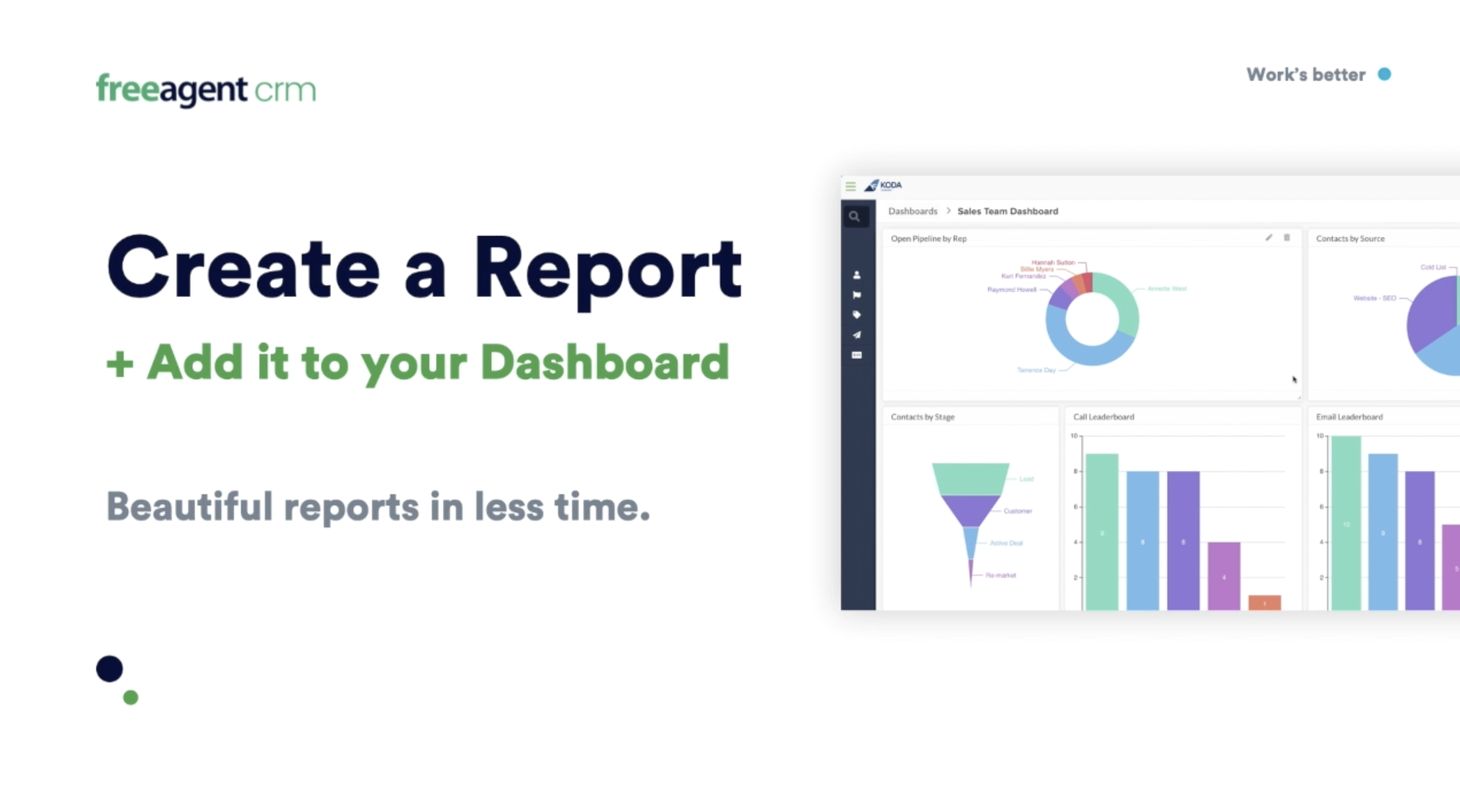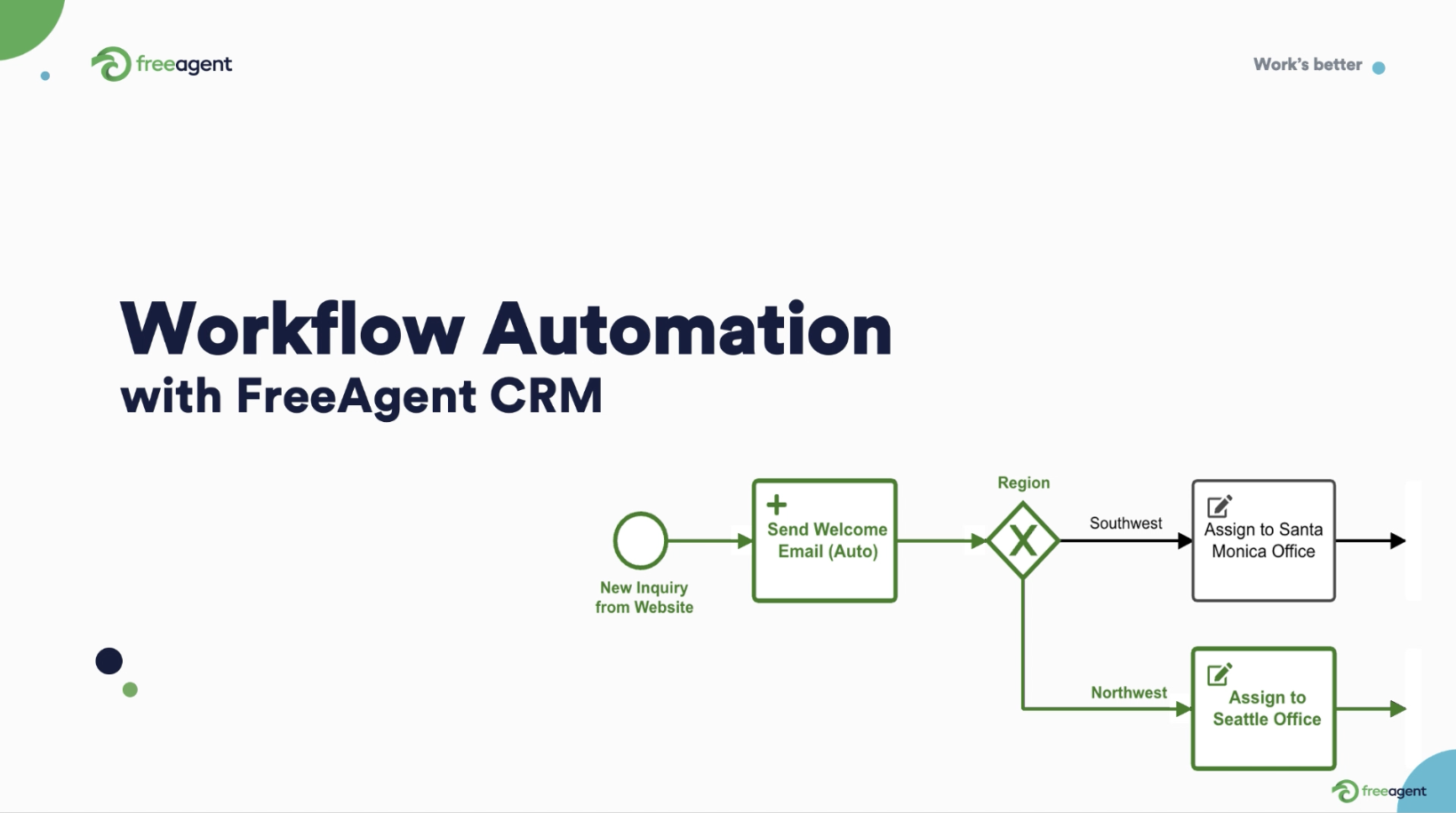Getting new employees ramped up quickly can be a key driver of business success. It lowers your cost per hire rate and capitalizes on the exciting, energetic momentum that new employees bring to a company.
In this article, we will show you how to analyze your onboarding experience and help you identify ways to lower your time to productivity rate.
What is time to productivity?
Time to productivity is the average time it takes an employee to go from accepting your offer to performing baseline duties without assistance.
For example, the time it takes, on average, for an SDR to go from signing your offer to making sales calls without a shadow or supervisor is a measure of time to productivity.
The average time to productivity is 1-2 months.


How to reduce your employee time-to-productivity rate
There are four factors to consider when analyzing your time-to-productivity rate.
- Tracking: How do you measure a new employee’s progress? Are there forms, certifications, courses, or tests they need to complete before they can perform their role?
- Training: What tools, systems, processes, and resources does a new employee need to do their job?
- Enablement: What tool or document access does a new employee need? Can they access everything from day one or is access rolled out over time?
- Collaboration: How should a new employee communicate and work with other employees and teams in your company? Who are the departmental contacts they can reach out to for assistance?
1. Tracking
A clear, concise, and trackable onboarding plan allows you to address roadblocks quickly.
Dividing your onboarding process into different phases — each with a schedule and checklist — helps you track a new employee’s progress.
For most companies, the onboarding process has four phases:
- Pre-onboarding: A new employee signs a contract and fills out HR forms. While there’s little to track in this phase, a welcome email that briefly outlines what lies ahead sets a positive tone.
- Orientation: Introduce the tools, resources, and lines of communication new employees need to do their job. Familiarize them with your company culture through onboarding guides, employee manuals, and get-to-know-you questionnaires. Create a checklist for your new employees to track their progress.
- Role-specific training: The timeframe, content, and structure of this phase will vary between roles and companies but now is a good time to introduce how employee performance gets tracked. For example, if you have sales call volume KPIs or certifications to complete, set those expectations early on.
- Post-onboarding: This is an opportunity to get quality feedback about the entire employee experience.

2. Training
Getting new employees up to speed requires a thoughtful and deliberate training plan. This begins by thinking about when to introduce the tools, programs, systems, and processes necessary for them to perform in their role.
For example, an internal communication channel like Slack should be introduced early so new employees can reach out for support.
On the hand, you can introduce reporting tools later, once your new employee has something to report on.
When designing a training plan, consider what resources might make the experience easier. Training guides alone aren’t enough — you also need supportive managers and peers who can oversee the process.
Also, consider the order and pace of your employee training program. Move too fast, and you could set new employees up for failure. Move too slowly and you could incur time and resource costs.
3. Enablement
While training focuses on tools and systems, enablement involves access to data and equipment. It also considers the impact of the work environment and structure.
For example, if a new employee is prone to sensory overload, try provide a quieter workspace or noise-canceling headphones.
While enablement covers a broad spectrum of considerations, it is all about optimizing for success.

4. Collaboration
Start by providing a communication guide that outlines the rules for workplace communication.
Set expectations around the use of profanity, offensive language, off-limit topics, and messaging times right away, to avoid potential problems.
Your communication guide should include processes for providing feedback to fellow team members, escalating workplace issues, and communicating with customers.
It should also list resources such as HR’s contact information, a link to your messaging matrix, and so on.
Next, introduce your company’s communication tools and provide tips and best practices for using these systems.
For example, you can describe each Slack channel’s uses or share Zoom login details and custom backgrounds.

A CRM improves the employee onboarding experience and reduces time to productivity
A CRM addresses the four main factors we explored in this article:
- Tracking: CRM platforms are built to track data. When your new employee begins training inside your CRM, you can log their communications (with consent) and measure their progress against your team’s goals.
- Training: Modern CRMs integrate with your top business tools, providing a central hub for your team to work from. This saves new employees stress during onboarding as they need only learn a single tool instead of twelve.
- Enablement: A CRM provides access to the history and activity of your accounts. This gives new employees the information they need to hit the ground running. They can use previous communications for context and handoff accounts more smoothly.
- Collaboration: Modern CRMs improve collaboration considerably. Firstly, a platform that is visible to everybody allows your team to work together from a single source of truth. Secondly, reminders and task alerts help your team stay on task and on pace. Thirdly, email templates and similar tools align messaging.
There are even more ways a CRM can improve collaboration, from the employment of workflow engines that streamline entire processes, to gamifying results that encourage friendly competition.

The proof is in the pudding
A CRM delivers ROI quickly, with customers reporting 2-3x faster onboarding cycles than without a CRM. It also improves the quality of the onboarding experience.
Research shows that ~20% of new employees leave a company within the first 45 days — a major resource sink.
Improve your onboarding experience to help you avoid these losses, and strengthen recruitment efforts through positive word of mouth.
FreeAgent CRM has helped hundreds of companies across the US improve their onboarding experiences. To discover how FreeAgent CRM can help you, get started today.







